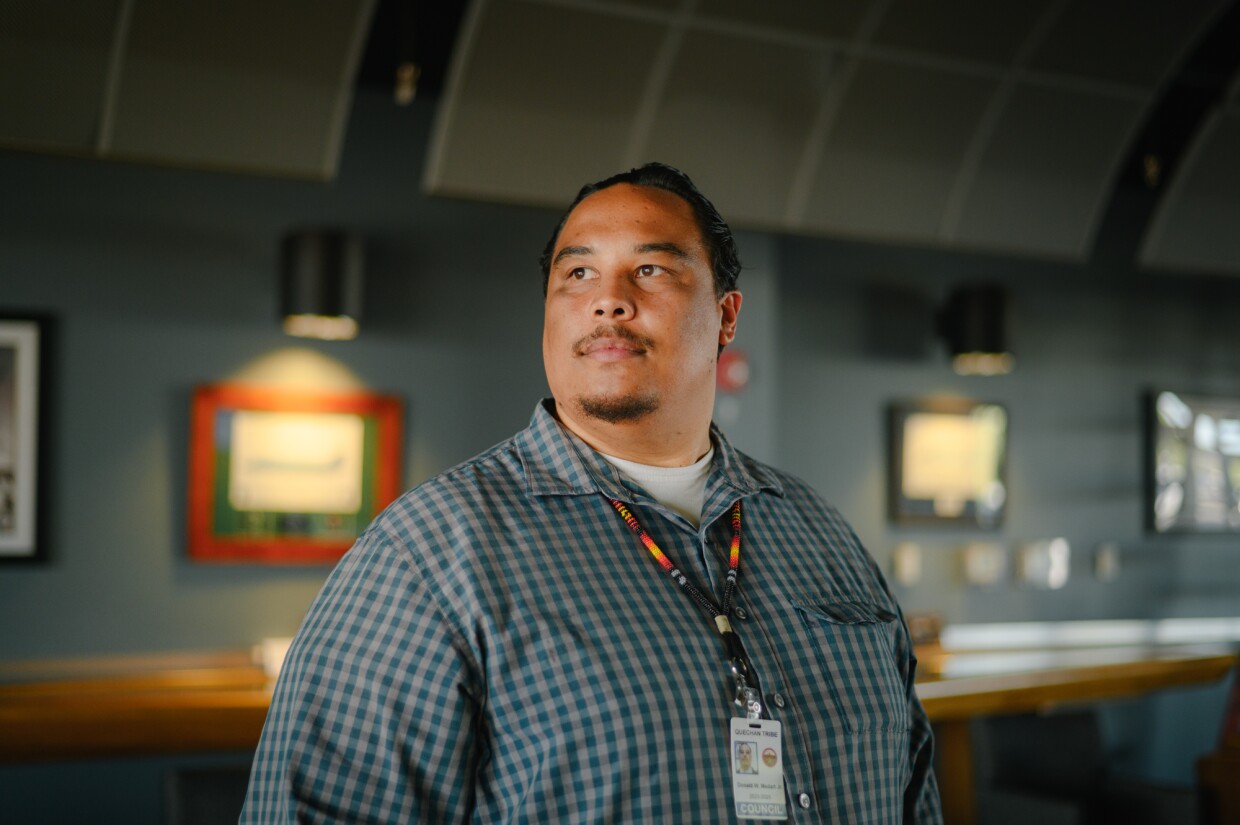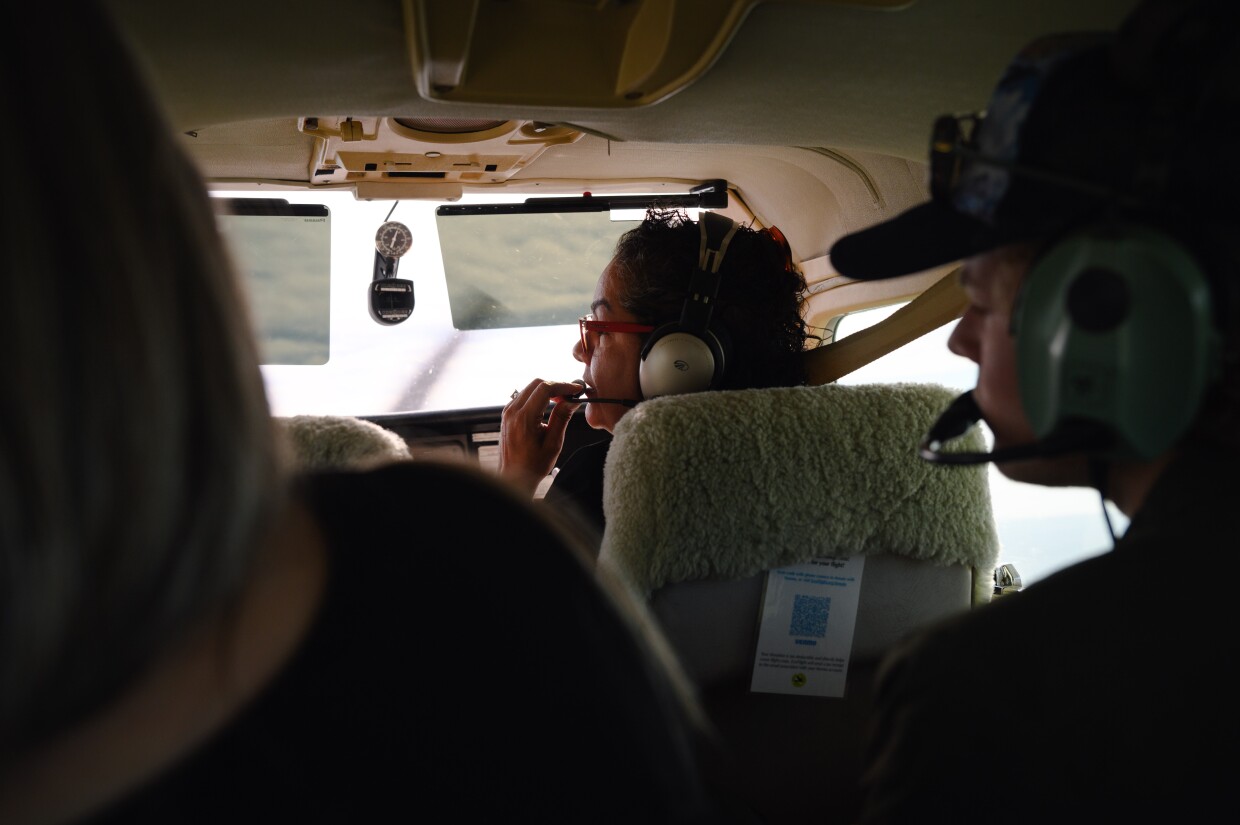In the last days of his administration, President Joe Biden created a new national monument on the border of Riverside and Imperial County.
The Chuckwalla National Monument granted sweeping federal protections to over 600,000 acres of high desert to the east of the Salton Sea. It was a major victory for the six tribes and dozens of environmental justice groups in Southern California who had campaigned for the monument.
Now though, those same advocates are worried as the Trump administration reportedly considers removing some of those protections. Last week, The Washington Post reported that the Interior Department is looking at changing the boundaries of at least six national monuments to open up land for mining and oil production.
A spokesperson for the Interior Department declined to answer questions from KPBS about the monument’s status.
Indigenous leaders have urged the new administration to respect the sovereignty of tribal nations and to meet with them before making any decisions about the monument’s future. Earlier this month, the heads of four tribal nations, along with the National Congress of American Indians, sent a letter to President Donald Trump and his Interior Secretary, Douglas Burgum.
“We have stewarded this land and surrounding areas since time immemorial,” they wrote. “We ask that you refrain from taking any actions associated with this area without appropriate and robust tribal consultation.”

Advocates for the Chuckwalla Monument have been keeping a close eye on the monument’s status since President Trump’s inauguration in January.
During his first term, the president reduced the size of two national monuments in Utah.
This past March, Trump issued an executive order that sparked new confusion over its references to federal land and energy development. That led environmental groups to rally in Palm Springs as part of a national protest in support of public lands.
Still, the federal government has not yet announced any official plans to change the Chuckwalla Monument.
“We haven’t made any announcements on this and have nothing to share at this time,” Interior Department spokesperson Elizabeth Peace said in a statement Monday.
Environmental advocates argue the new monument is shielding fragile ecosystems and historic cultural resources. They said it is already helping safeguard access to nature, especially for the region’s Latino and Indigenous residents and other communities of color.
Sendy Hernández Orellana Barrows, a co-founder of the Coachella Valley-based environmental nonprofit CactusToCloud Institute, is particularly worried that changes to the monument will hurt the desert’s ability to absorb and store carbon dioxide.
"I feel like it's priceless compared to what potential people want to speculate about what they could find here," she said.

Amid the uncertainty, tribes are moving forward with planning for the monument’s future.
The monument's creation was particularly significant for the Quechan Tribe and other tribes who backed the campaign. Biden's announcement was part of a broader push by federal and state authorities to return some control of culturally-significant lands and waters to Indigenous people.
Donald Medart Jr. supported the campaign for the Chuckwalla Monument last year as a tribal councilmember with the Fort Yuma Quechan Tribe. He said tribal leaders’ focus now is to develop a land management plan they can bring to the Interior Department.
“We are remaining vigilant,” said Medart, who is now a tribal engagement specialist at Onoo Po Strategies. “Looking into these rumors as much as possible, but also not dwelling on them.”
Medart said nine culturally-affiliated tribes, including the Quechan Tribe, are in the process of forming a commission to work on those plans. Their long-term goal is to reach an agreement with the federal government that would give the tribes equal power to decide how the land is managed.
Still, Medart said the Quechan Tribe is also prepared if the Trump administration does attempt to scale back the monument. For Indian Country, he said, threats to sacred sites are nothing new.
“This fight doesn't run on an election cycle,” he said. “This is just another kink in the chain.”





